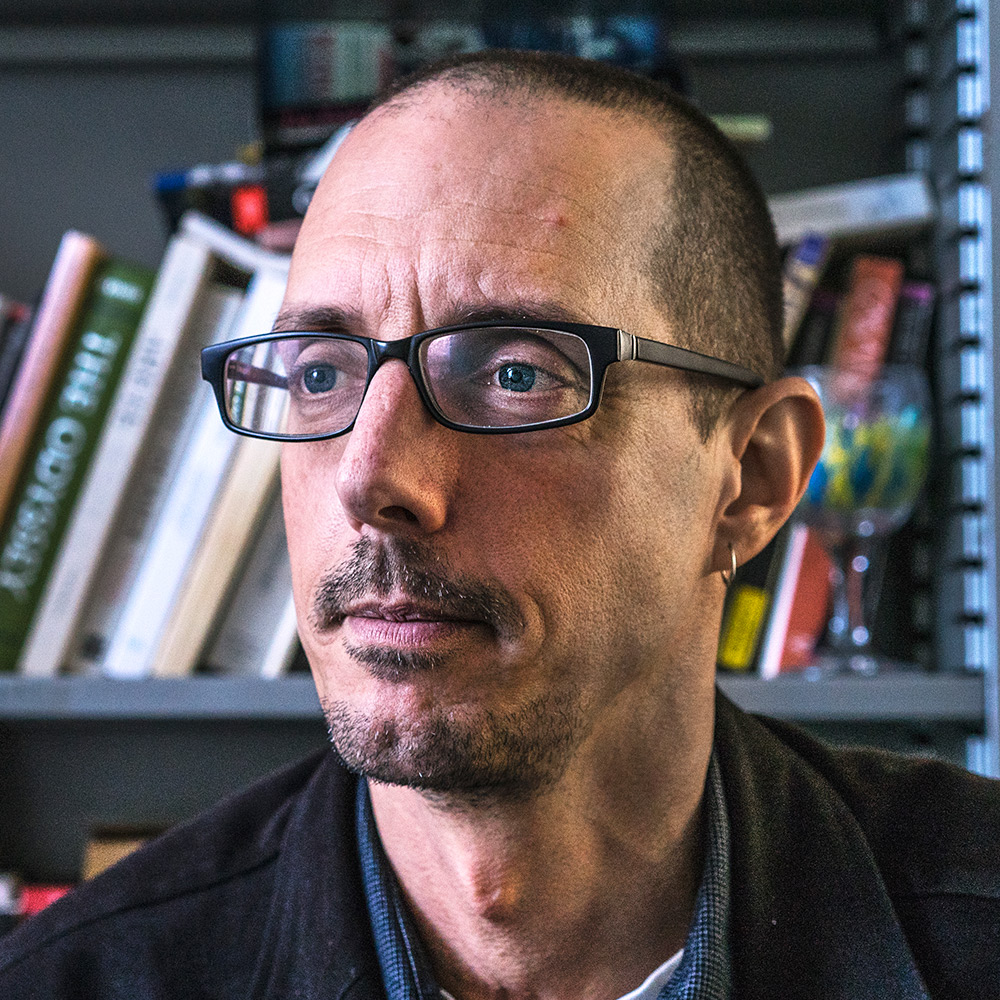Affiliation: Michigan State University

Jon Frey is Associate Professor of Classical Studies at Michigan State University, and holds his degrees from the University of California at Berkeley (Ph.D.), and Ohio State University. His research interests include architectural re-use (spolia), the archaeology and history of later Roman Greece, and the ancient perception and reception of monuments. He is the Director of the Michigan State University Excavations at Isthmia, a project he has been involved in since 2006. His current publications include “Spolia and the ‘Victory of Christianity,’” in B. Caraher and D. Pettegrew, eds. The Oxford Handbook of Early Christian Archaeology.
While the “digital revolution” in archaeology holds much promise for the way we conduct and share our research, the transition to electronically enhanced research methods is much easier for newer projects that were “born digital.” Yet at many excavations with longer histories of fieldwork, migrating older paper and film-based forms of documentation into digital formats is a much more difficult challenge. This presentation describes the Archaeological Resource Cataloging System (ARCS), an NEH funded project that has been developed since 2010 as an open source tool to assist archaeological projects with legacy data to share the contents of their archives with researchers via the Internet. Discussion focuses on the history of the project, the resulting software and the lessons learned about “going digital” in archaeology.
Short bibliography and/or website on lecture topic:
Frey, J.M. “The ARCS Project: A ‘Middle Range’ Approach to Digitized Archaeological Records,” in Proceedings of the 10th International Congress On The Archaeology Of The Ancient Near East (Harrassowitz Verlag), forthcoming.
Frey, J.M., T.E. Gregory and L. Tzortzopoulou-Gregory. “The Archaeological Resource Cataloging System (ARCS): A Better Way of Working with Digital Archives,” Across Space and Time: Computer Applications and Quantitative Methods in Archaeology (CAA). Proceedings of the 41st International Conference, Perth, March 25-8, edited by A. Traviglia. 2015
In addition to being one of the most recognizable monuments at the site, the Roman Bath at Isthmia in Greece continues to yield surprising discoveries. Excavations in the 1960s through the 1980s revealed not only the 2nd c. CE structure but also parts of an earlier Greek-period pool of impressive dimensions—a fitting monument at a Sanctuary of Poseidon. Most recently, a re-investigation of the excavated material and associated documentation has revealed the presence of a third structure that fits in time between the other two. This presentation discusses these buildings by focusing on the discovery in this location of tegula mammata—a peculiar type of tile used in heating systems in Roman-style baths prior to the adoption of the more common tubulus. These artifacts provide evidence for changes both to Roman building practices of the 1st c. CE and to the athletic sanctuary as Romans from the re-founded colony of Corinth returned to Isthmia with their own unique needs and expectations.
Short bibliography and/or website on lecture topic:
Frey, J.M. and T.E. Gregory. “Old Excavations, New Interpretations: The 2008-2013 Seasons of the Ohio State University Excavations at Isthmia,” Hesperia 85.3 (2016)
Once the mainstay of archaeological investigation, “pick and shovel” excavation is quickly becoming too expensive and difficult for most projects to carry out on a regular basis. While many archaeologists have turned to field survey as an alternative, there is a third option—the archaeology of the archive. Using the Ohio State University Excavations at Isthmia as an example, this talk argues for a return to the enormous quantity of material and evidence that is held in storage room and project archives throughout the Mediterranean. At Isthmia, archival research has shown that excavations conducted in different locations in the lower sanctuary over a short period of time in the 1960s and 1970s failed to recognize similar artifacts and architectural features. When accurately identified and seen as a whole, these findings yield compelling evidence for the existence of an overall organizational plan for the site in the Roman period centered on a large colonnaded courtyard similar in many respects to the gymnasia at Olympia and Delphi.
Short bibliography and/or website on lecture topic:
Frey, J.M. and T.E. Gregory. “Old Excavations, New Interpretations: The 2008-2013 Seasons of the Ohio State University Excavations at Isthmia,” Hesperia 85.3 (2016)
Largely overlooked in the various studies of the site since the early 1900s, a partially preserved row of Archaic period columns marking the western limit of the upper forum at Corinth holds much potential to reveal the architectural history of the site in the time following the refounding of the city as a Roman colony in 44 BC. This talk explores the physical evidence of the colonnade, which may be seen as a remarkably early example of architectural spoliation. Moreover, if as has been frequently stated in publications, these columns were originally located within the cella of the nearby Archaic temple, we must re-evaluate the temple’s original appearance as well as the degree of its destruction in the sack of the city in 146BC.
Short bibliography and/or website on lecture topic:
Frey, J. M. “The Archaic Colonnade at Ancient Corinth: A Case of Early Roman Spolia,” American Journal of Archaeology 119.2 (2015)
See Jon Frey's work in the American Journal of Archaeology.